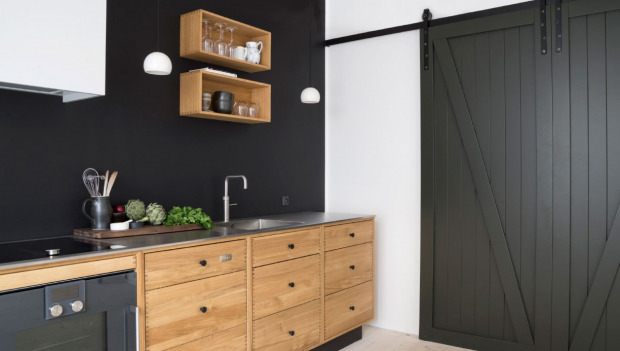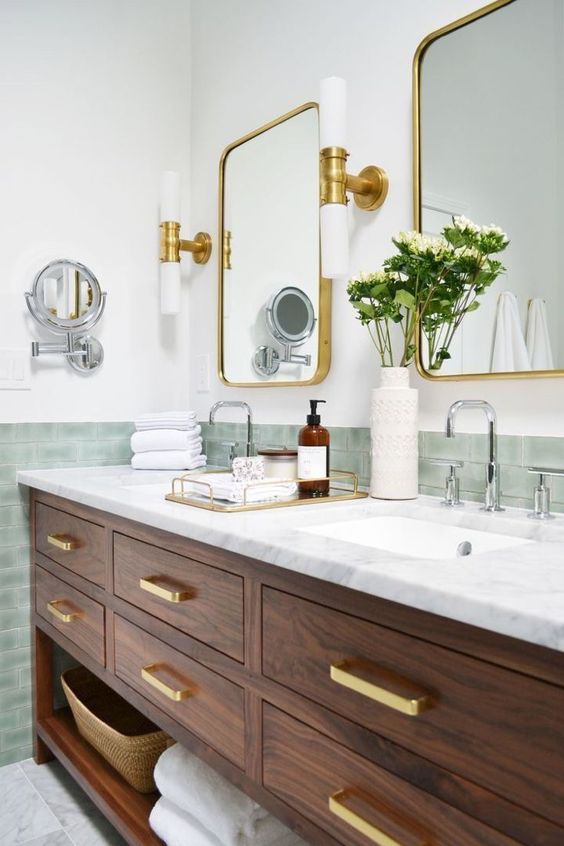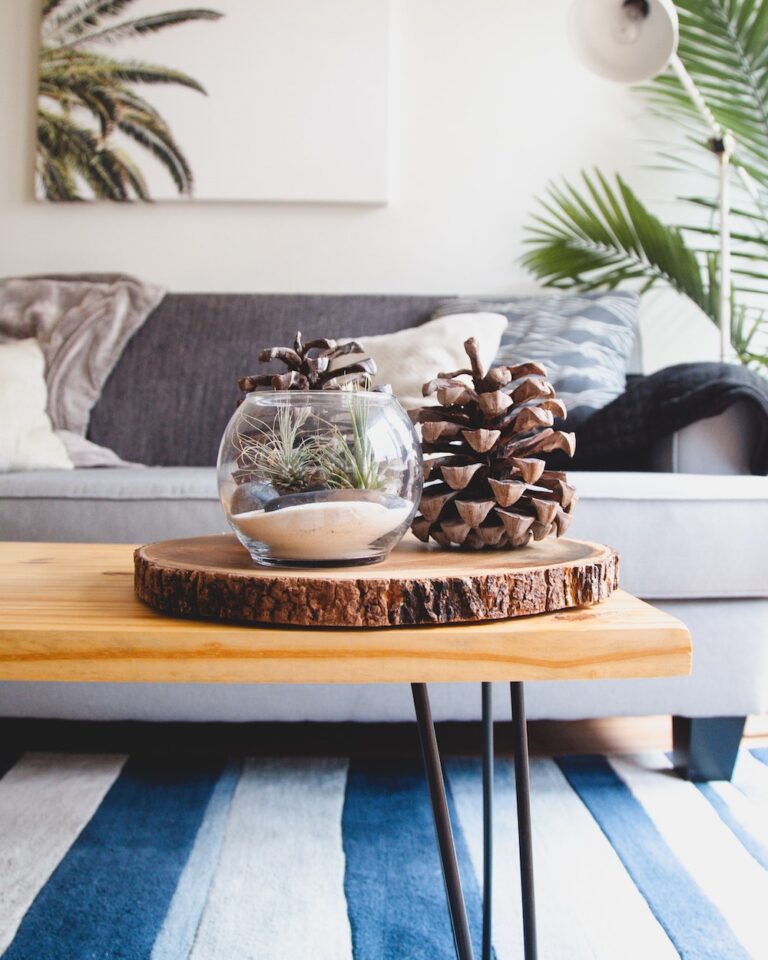5 Core Principles of Minimalist Decoration
Get the maximum out of your space with minimum requirements. Minimalism rather refers to a concept than a style per se. That is to say, although many designers treat it as a style of its own, it can vary greatly and bring out unique nuances, be it classical, elegant, Scandinavian, industrial or zen. Basically, it breaks down to five aspects, or rather, five principles of order.
This orderliness is considered by some to be boring and dull. But what they don’t realize is that herein lies the secret to confidence, willpower, and strength of self-mastery, which is why this is the preferred style of prosperous professionals.
1. Quality – the essence over nuisance
Reducing the amount of stuff with only a few high-quality essentials is not only appealing for its impression of luxury, but also for the sense of material relief.
As trendy things are usually temporary and replaceable, they become boring in time and start clogging the space. This leaves you with either clutter or new disposables. In either case, you can never consolidate with your essential surrounding.

Stable, however, doesn’t mean immovable. Fewer things means more flexibility. The ability to edit is essential when it comes to minimalism. So it’s always good to see how a specific piece of furniture really fits the interior before deciding on anything. You can see more information in places that provide installments of high-quality furniture in their stores.
2. Light – the immaterial decor
Hegel suggested that every art form strives to become abstract. When it comes to architecture, what was concrete now tends to become translucent. Space needs to respire.
In traditional Japanese interiors, windows are deemed centerpieces of decoration. If you have a good view, you should opt for bigger windows. This will add to a sense of spaciousness and provide you with lots of natural light.

Mirrors (and other reflective surfaces) are a great way to enhance the lighting as well but also create an illusion of spaciousness. It alleviates the weight of sturdy and stodgy furniture, but it also leaves a big impact on your emotions and overall mood.
3. Textures – the order in diversity
Texturing and layering were in use long before minimalism came to this conclusion. In order to break down monolithic structures and facades into concordant pieces, architects combined different brick layering, intelligently creating diversity without decor.
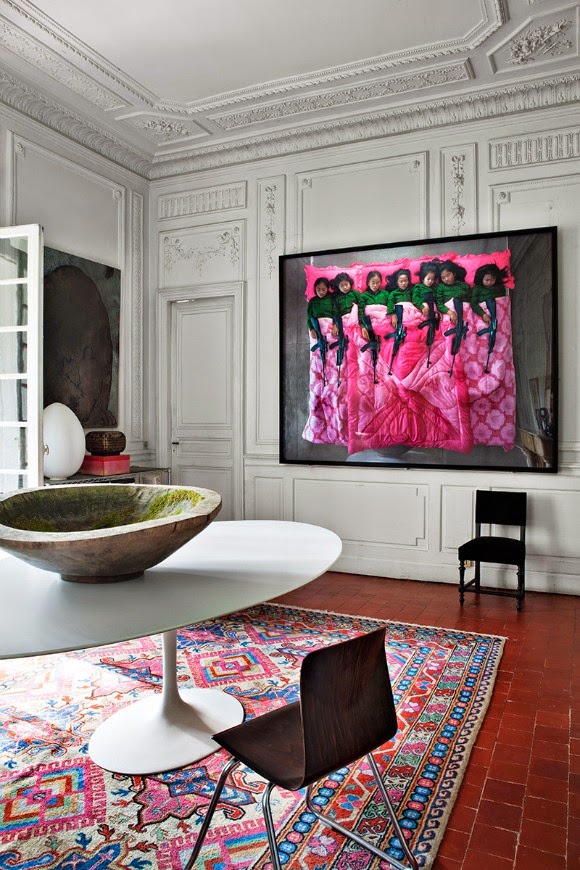
This is something that goes well with the industrial design, as industrial design deals with raw and shorn materials like concrete, brick, and wood. The Scandi style also has a way of combining concrete and slatted walls. You shouldn’t be afraid of experimenting with different styles, it’s just important to keep in mind the logic of minimalist decorating.
4. Accents – the rhythm of style
Rather than hoarding a chaotic load of furniture and decor, try organizing the interior by accentuating selected pieces of furniture, turning them into the fundaments of decoration.

Cluttered space is not just a mess, but a reflection of our anxieties and self-neglect. On the other hand, if our surrounding permeates our headspace, minimalism means gaining control both of yourself and your surroundings, not creating an illusion of material shelter.
This can be done by determining one centerpiece or picking a color that rhythmically punctuates parts of the interior. This needs a keen eye for the detail, as details have to be thoughtfully applied in order to carry the weight of the whole aesthetic structure.
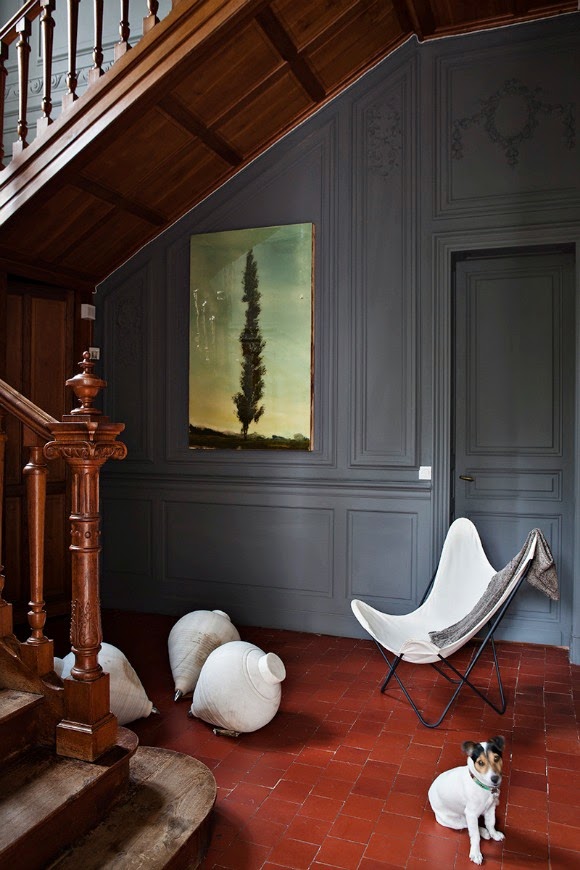
5. Colors – the unison
The main critique usually has to do with the color scheme many deem bland and uninteresting. But this is due to the fundamental misunderstanding of the role which colors play in decorating. Actually, color plays a much bigger part than one might think. It is what unifies all the above-mentioned points.
Usually, preferred are white or bright neutral colors as they reflect light the most. They don’t suffocate the room and don’t overshadow the details, making all the various patterns seamless. Colors have to be applied smartly, keeping the interior balanced but never dull.
Don’t be afraid of stepping out of the “norm”. Remember that it’s not important to get it “right”, but to incorporate the mindset behind it. Here, paired with the clarity of mind, lucidity and orderliness come the refinement, subtlety, and taste.





